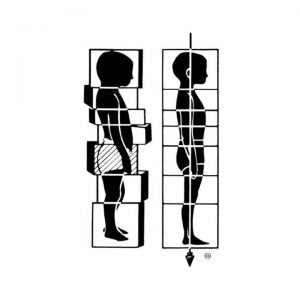Click on any bubble to pause the slideshow
Tensegrity
Rolfers™ use their touch interventions to apply multi-directional pressure along the fascial web of the human body; this helps to better organize their client’s structure in the gravitational field. The human structure is most comfortable when organized around the gravitational plumb line, when it uses the least amount of effort to be upright and when the fascial neurobiology is free to allow recovery be the dominant state.
The truth is the human structure is not just a stacked skeleton, bones one on top of another; 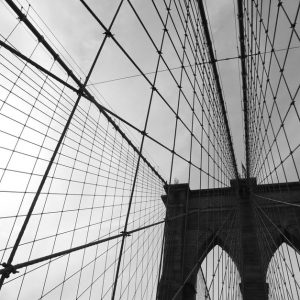 the human form is a tensegrity structure where the bones create space for dynamic bending and twisting in a resiliant self-correcting system. Rolfing® Structural Integration is a manual therapy that restores the balanced tension to the human form after traumatic events, repetitive strain injuries, developmental challenges, and can even elevate human performance.
the human form is a tensegrity structure where the bones create space for dynamic bending and twisting in a resiliant self-correcting system. Rolfing® Structural Integration is a manual therapy that restores the balanced tension to the human form after traumatic events, repetitive strain injuries, developmental challenges, and can even elevate human performance.
The Fascial Web

Everyone on this planet is dealing with the gravitational field. Rolfers use gravity as a tool “[to direct] the flow of gravity by virtue of organizing the body as though it were an electric wire so that gravity can flow through it” (Dr. Ida P. Rolf , IPR). To do this, Rolfers organize fascia. Fascia is the connective tissue that is the organ of shape responsible for maintaining form in gravity and is also richly innervated with mechanoreceptors as reported by Robert Schleip (2003). Research has revealed that fascia itself is like a wire: it conducts local charges described as the piezoelectric effect; it has mechanoreceptors that operate in a reflex arc to quickly influence vasodilation; it has sensory neurons linked with the autonomic nervous system; and it has motor neurons to fascially bound smooth muscle cells that contract. Fascia is alive: it senses, it has complex fluid dynamics, and it moves. Fascia organizes the person in gravity as best it can given the individual’s life experiences and intrinsic genetics. Rolfers facilitate ease, comfort, and strength in the human body, enabling clients to feel themselves living in a balanced structure, positively interacting with gravity throughout life.
Gravity
The gravity of the large earth’s mass is pulling our relatively small human mass towards the center of the planet consistently throughout our lives. Thankfully, we are not falling our whole lives. The surface of the planet (the ground, the floor) is pushing back up at us with an equal and opposite force – the normal force. Gravity and the normal force together make us stationary, but not necessarily organized.
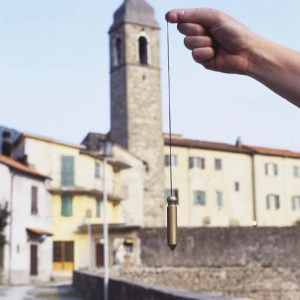 Structures that stack upwards must be balanced in gravity to stay standing, like a tower. Stone masons building towers and columns hold a weight at the end of a string to demonstrate verticality for their structure. They evaluate the compression forces of the stone stacked one on another. Stone structures show us verticality but they do not compare to the dynamic forces in the human structure. The living human structure is water organizing upwards, dense bones in viscous tissues finding lift with the normal force directing the upward experience. The human structure has a plumb line and it is a non-linear dynamic structure that can handle forces that bend, shear, rotate, and hold complex weight.
Structures that stack upwards must be balanced in gravity to stay standing, like a tower. Stone masons building towers and columns hold a weight at the end of a string to demonstrate verticality for their structure. They evaluate the compression forces of the stone stacked one on another. Stone structures show us verticality but they do not compare to the dynamic forces in the human structure. The living human structure is water organizing upwards, dense bones in viscous tissues finding lift with the normal force directing the upward experience. The human structure has a plumb line and it is a non-linear dynamic structure that can handle forces that bend, shear, rotate, and hold complex weight.
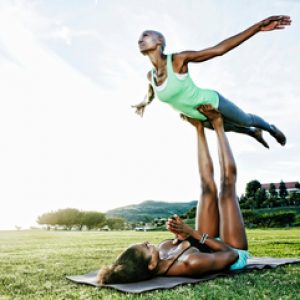 A Rolfer is always observing gravity, first in their own anatomy and then in the structure of those around them. Rolfers see what gravity is doing to the fascia, all the bones and all their relations, at the same time. IPR and her faculty at the Rolf Institute of Structural Integration (RISI) have detailed wholistic models of seeing patterns of the human form, balance and imbalance in the gravitational field. Each bone has its own unique position and gestures in gravity. Fascia tightens and releases to allow for movement and upward organization of the bones. Gravity is always present informing the experience of verticality. A Rolfer will see the structure, the function, and make touch interventions to support the client to move their way into a balanced form in the gravitational field.
A Rolfer is always observing gravity, first in their own anatomy and then in the structure of those around them. Rolfers see what gravity is doing to the fascia, all the bones and all their relations, at the same time. IPR and her faculty at the Rolf Institute of Structural Integration (RISI) have detailed wholistic models of seeing patterns of the human form, balance and imbalance in the gravitational field. Each bone has its own unique position and gestures in gravity. Fascia tightens and releases to allow for movement and upward organization of the bones. Gravity is always present informing the experience of verticality. A Rolfer will see the structure, the function, and make touch interventions to support the client to move their way into a balanced form in the gravitational field.
How Touch Facilitates Change
20th century: Mechanical Model
- Force of touch stretches the fascia, irons out the kinks from soft tissue injury.
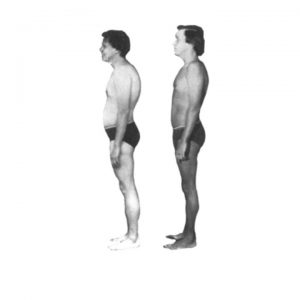 IPR produced photographic evidence, the before and after a ten-series of Rolfing Structural Integration, which changed how clients stood. She suggested the structural change was a mechanical mechanism where the pressure from her hands was responsible for stretching fascial sheets, lengthening chronically short body segments, ironing out the kinks in a methodical way.
IPR produced photographic evidence, the before and after a ten-series of Rolfing Structural Integration, which changed how clients stood. She suggested the structural change was a mechanical mechanism where the pressure from her hands was responsible for stretching fascial sheets, lengthening chronically short body segments, ironing out the kinks in a methodical way.
21st century: Neurobiological Model
- Structural Integration makes contact with neural tissue embedded within the fascia which changes the fluid dynamics of the local tissue, changes the autonomic state of the person, and changes the level of smooth muscle contraction within the fascia itself.
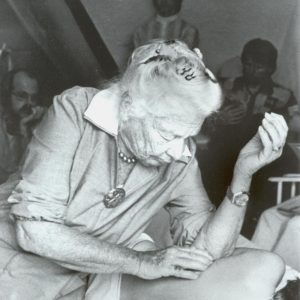 In 2003, Robert Schleip PhD published foundational papers for the Structural Integration community titled “Fascial plasticity – a new neurobiological explanation, Part 1 and Part 2“. He describes how IPR understood the mechanical model and how research since her death has found fascial change is not explained by simple mechanical stretch on connective tissue. Current research has detailed the innervation and mechanoreceptors found in fascia, as well as smooth muscle cells that indicates fascia itself contracts. Dr. Schelip postulates that touch interventions in the fascial organ produces a palpable neurological change in the tissue.
In 2003, Robert Schleip PhD published foundational papers for the Structural Integration community titled “Fascial plasticity – a new neurobiological explanation, Part 1 and Part 2“. He describes how IPR understood the mechanical model and how research since her death has found fascial change is not explained by simple mechanical stretch on connective tissue. Current research has detailed the innervation and mechanoreceptors found in fascia, as well as smooth muscle cells that indicates fascia itself contracts. Dr. Schelip postulates that touch interventions in the fascial organ produces a palpable neurological change in the tissue.
For more details, see “Fascia in gravity” page.
